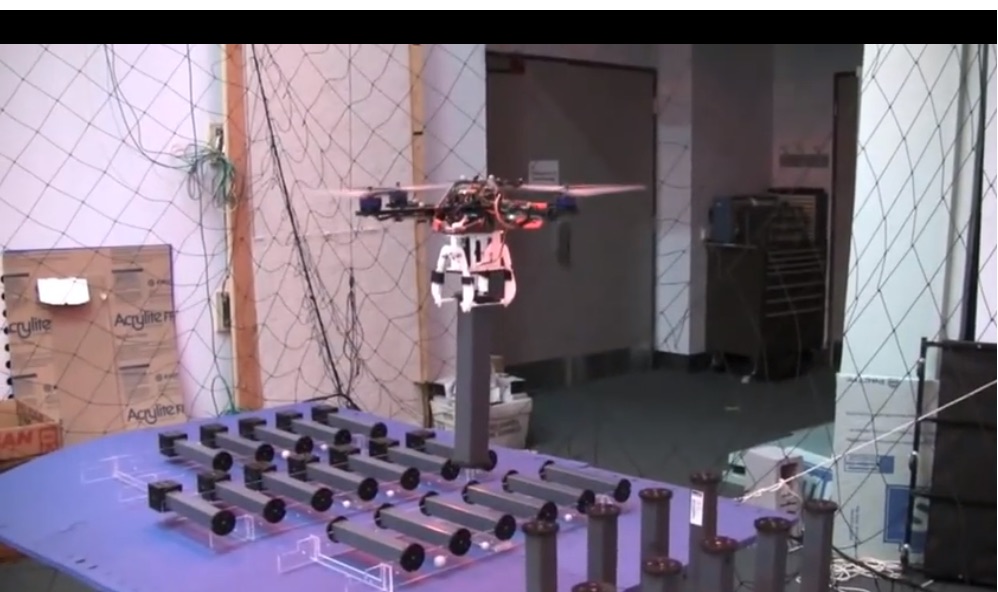Nearly a decade ago when I was teaching Second Life to my students, I would occasionally come to a new “sandbox” where, upon landing, I was immediately hit with a barrage of swarming objects. They visually blocked my vision in every direction and made navigation around that territory impossible.
That swarming behavior was a relatively new feature of Second Life meant to emulate the flocking of birds or fish, but was often used by “griefers” to harrass visitors. My experience was not a good one, but at least this was a virtual world. I couldn’t imagine the same being possible in the real world.
At the time I had no notion that academics elsewhere were working on flying robotic navigation using a sensor net that would portend swarming behavior of robots. The SWARMS project brings together experts in artificial intelligence, control theory, robotics, systems engineering and biology with the goal of understanding swarming behaviors in nature and applications of biologically-inspired models of swarm behaviors to large networked groups of autonomous vehicles. We have now seen flocks of robots fly autonomously to achieve patterns autonomously and semi-autonomously (ie. follow the leader). We have also seen flying quadcoptor robots that build scaled-down complex structures out of blocks so precisely and effortlessly that it defies belief.
As a story in RawStory notes, scaling up to real-world sizes of building materials would mean “construction times could be drastically reduced. Ultimately, a hyper-streamlined system could result in thousands of construction jobs being eliminated and a surge in urban sprawl. Such an invention, properly scaled upward, would be simply revolutionary — and that radical vision, scarcely imagined even in science fiction.”
The digital control of gravity-like field generating platforms (shortened here to DigiGrav) is one of the big ideas of gravity design. Anything that you could image with currently networked flocks or swarms of flying quadcopters may be able to be achieved at a larger scale when flying platforms employing gravity-like fields are employed instead of quadcopters.
Accelerating construction, as mentioned in the book Gravity 2.0, is only one aspect of autonomous or semi-autonomous tasking. Rather than floating entire structures to shield/concentrate sunlight or rain, use of flocking behavior would allow structures composed of autonomous platforms to be both transient and reconfigurable.
These temporary structures might divert rain from already soaked fields to adjacent culverts… or divert rain that would otherwise land on adjacent roadways and parking lots to fields in need of additional rain. The next day such swarms might protect crops from hail damage or reflect additional sunlight towards greenhouses… all while reconfigurable and on-demand.
Already, the notion of reassigning flying billboards to move with the inflow and outflow of commuter traffic has been suggested in Gravity 2.0. Perhaps now the size of the billboard might also be adjusted according to just-in-time statistics on who is watching and their viewing preferences as conveyed through cellular networks.
Of course, there is always the possibility of “griefing” in the real world, to harrass users by blocking views and inundating with undesired messages. No doubt legislation will arise to block such griefing in the real world, just as users of Second Life eventually were given the opportunity to report griefers in that virtual world.
